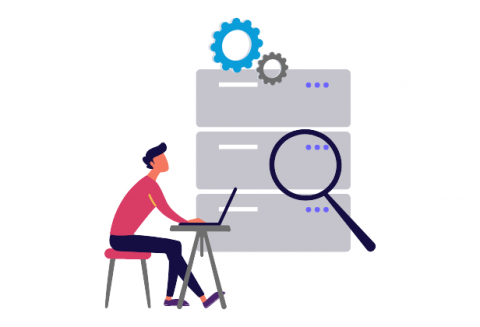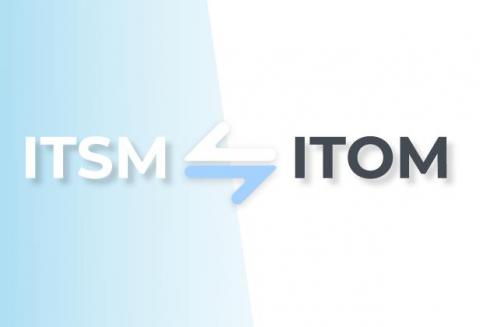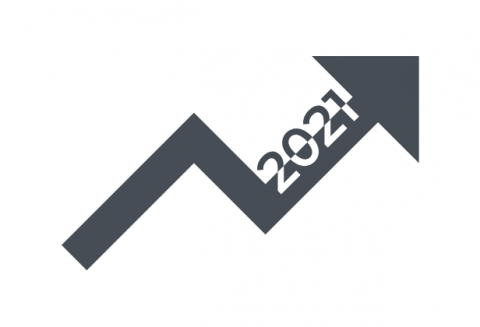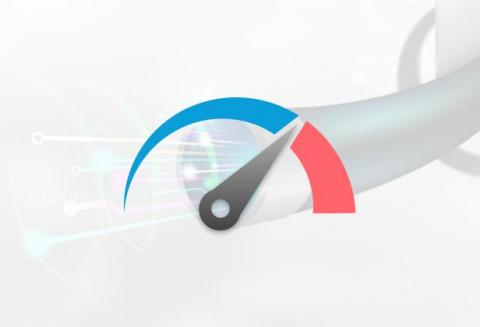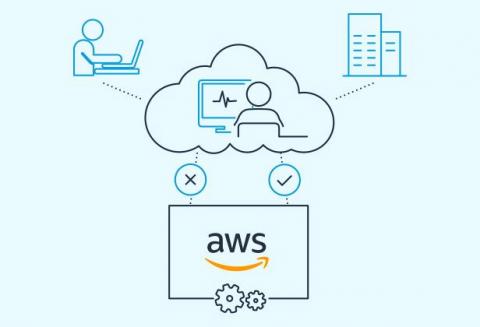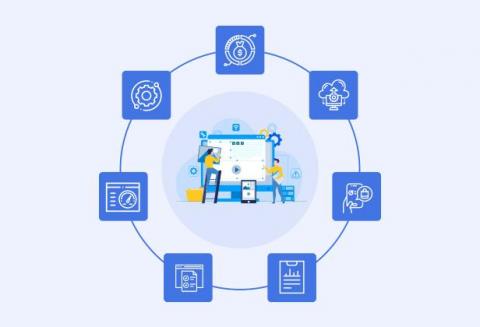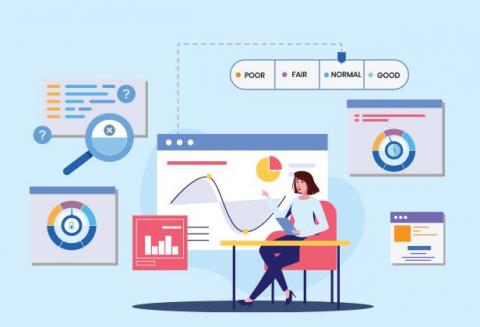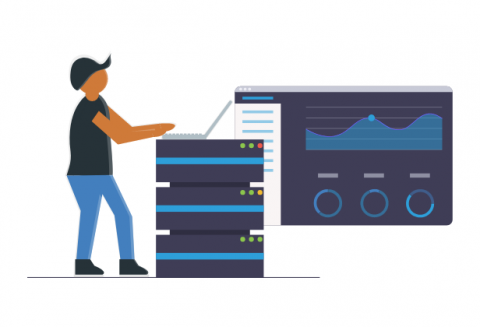What are Data Center Monitoring Best Practices?
Efficient Data Center monitoring and management supports our digital economy. As a result, operation and protection of the Data Center are critical. For reliable and safe monitoring, transparency is of utmost importance. But it is surprising to witness that one of the least explored area in data center network establishment is monitoring. This is ironic because at its core, a network has two goals: 1) Get packets from A to B 2) Make sure packets are received from A to B.


